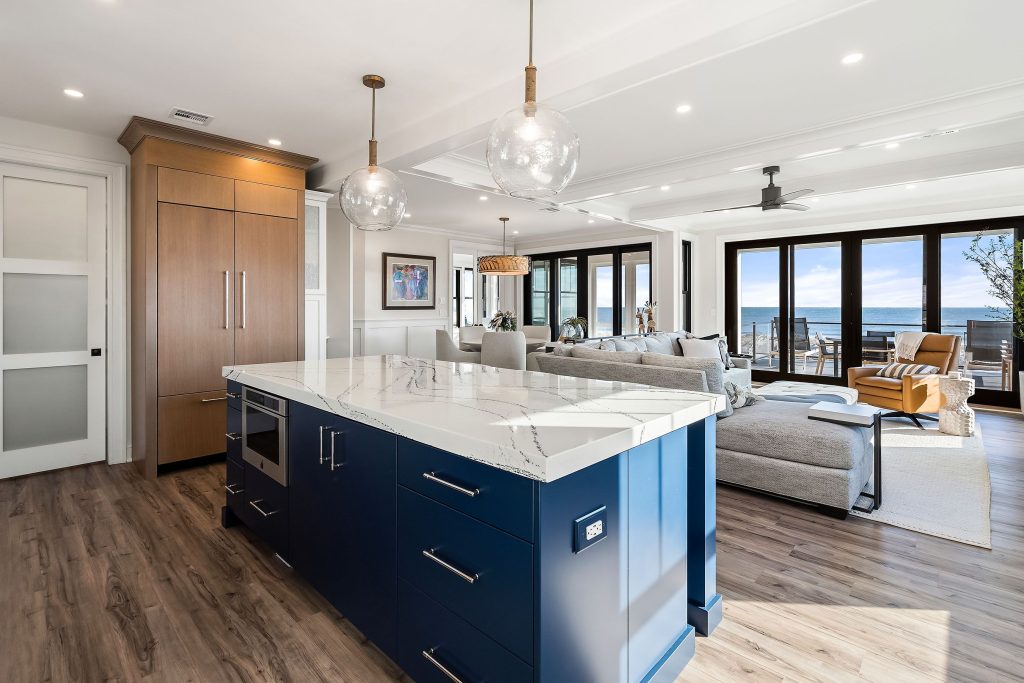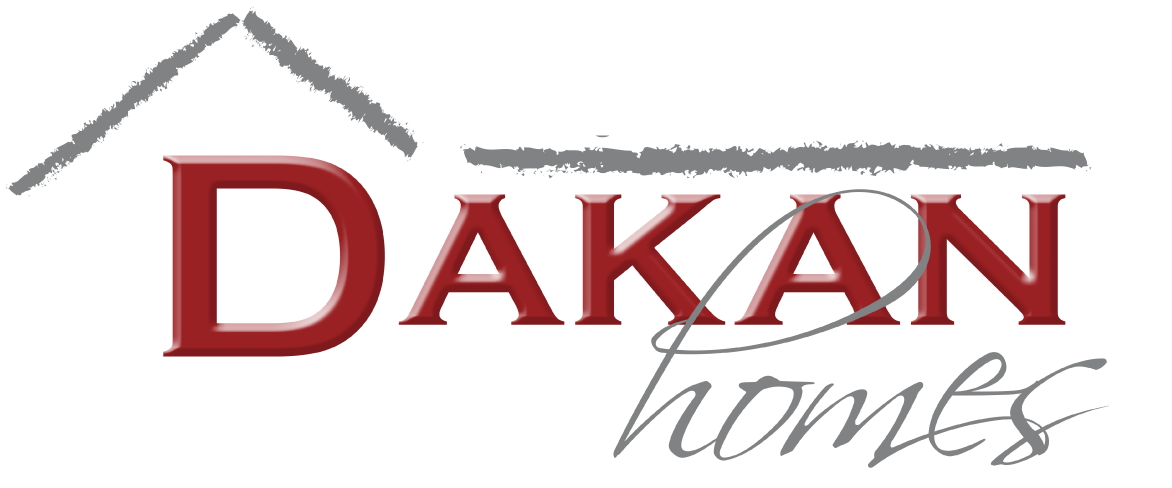Confused about picking out outdoor, bathroom and kitchen countertops? We’ve asked sales and marketing manager Dayna Flores and design consultant Lucianna Ward from Progressive Dimensions in Toms River to share their tips.
Q: What are some considerations homeowners should think about when choosing kitchen countertops?
A: Budget is always a great starting point because there are so many different materials to choose from, and the choice will ultimately come down to what you can afford. Once we understand a customer’s budget, we can usually find something they will love.
Another aspect is how you’re going to use your kitchen. There are pros and cons to each material. Knowing, for example, if you’re an avid baker or entertain often, is beneficial for a designer or fabricator to know so we can show you the products that will work best for your needs. Maintenance is also a consideration. Is this your forever home that you want a material with a wow factor, or is it a rental property that requires low-maintenance materials? All good information for us to know.

Q: Can you explain more about the pros and cons of the most popular materials?
A: First, let’s talk about natural vs. manufactured materials. Natural stone—like quartzite, marble and granite—is porous. This means it contains pores that allow liquids to penetrate the surface. However, we offer a 15-year sealer with a warranty that will help protect your natural stone counters.
On the other hand, manufactured materials like quartz don’t require much maintenance. They are scratch-resistant and stain-resistant, and the color choices are nearly limitless. The only disadvantage to manufactured countertops is that they are not heat-resistant. Because this material is made with resin, color pigmentation and quartz powder, anything hotter than roughly 250⁰F should not be placed directly on the counter without a trivet.When it comes to marble, many people are afraid to have it in their kitchens, but there’s nothing to be afraid of. In Europe, it’s the No. 1 choice in kitchens. Yes, it is susceptible to etching, but that just tells your kitchen’s life story; it doesn’t take away from its beauty. You still get those beautiful light colors with gray veining, which catches your eye. A sealant called TuffSkin can be used to protect against etching, especially if the countertop is outside.

Lastly, let’s talk about granite. Granite was very popular but is no longer our No. 1 seller, since most customers are looking for lighter colors. However, colors like steel gray or black absolute granite are timeless. And, because they are darker, they are great options for outdoor projects.
Quartzite is a natural stone, while quartz is engineered by taking natural quartzite stone, grinding it into a powder and mixing it with other ingredients, like resin. We recently wrote a blog post about this because customers had many questions about the difference. Because it is a natural stone, quartzite needs to be sealed, but it is absolutely gorgeous and very strong. It provides the desirable hardness in a lighter color than granite and without the softness of marble. The color variations of quartzite are unlike anything else you’ll see. It’s one of the most popular stones this year and very affordable right now.

Q: What materials are best for outdoor use?
A: Only natural stone should be used outdoors since the elements will cause it to expand and contract. We recommend granite, quartzite or dolomite—similar to granite but with more sparkle—for outdoor bars, counters or fireplaces.
Q: Are the considerations the same for vanity tops in the bathroom?
A: Bathroom countertops tend to be quartz because it isn’t so porous, which is perfect for a bathroom. Natural stone will hold on to water.

Q: What other trends are you seeing?
A: Many people are opting for a mitered look, which gives the illusion of a thicker countertop. We also are doing a lot of full-height backsplashes, which take the countertop all the way up from the deck to below the upper cabinets. We’re also doing a lot of waterfall edges on islands, so in addition to the countertop, the same material is used on the sides of the island all the way down to the floor. And while we’re still seeing a lot of the grays and whites, we’re also starting to see more pops of gold and earth tones in homes.
In bathrooms, we’re installing 2-cm shower walls. This provides a seamless shower wall without grout lines and the potential for mold. We can also use the same material on your bench seat, sills and niches for a consistent look.

The Dakan Homes team will discuss your options and help you find the perfect look for your new beach house on the Jersey Shore.

